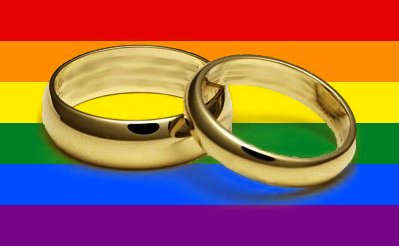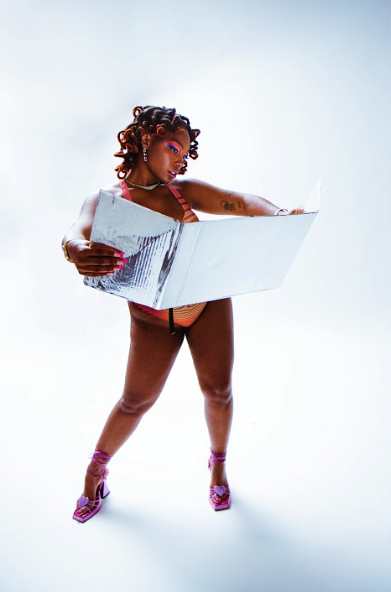American Citizens: A Queer Perspective on American Girl Dolls

If the world saw you as a young girl any time after 1986, chances are you interacted with American Girl, whether in doll or book form. Many of the original targeted fans are now queer adults. Many of them no longer identify with girlhood—or never did—but they still love the brand in unique ways.
“As an adult, I prefer to create my own worlds for my dolls and ways to connect with them. I don’t have many dolls that have a canonical story that I connect with them,” says Ellie, who posts American girl content as @Corgidolls on Instagram. “As a nonbinary person, I don’t see myself in any of the American Girl characters that exist at this point.” But that hasn’t stopped them from fully engaging as a fan. “I have a couple of dolls that are nonbinary and trans—Particularly, changing my mini me doll as I changed and found my own identity was really an interesting experience.”
Other fans engage more with the books. One such example is historian and Dolls Of Our Lives co-host, Mary Mahoney, who feels a profound connection to canonical character Molly. “When I was reading the (Molly) books when I was 8 or 9, I didn’t know that I was gay at that time, and I didn’t understand or think that Molly was gay at that time, but now it feels so obvious, of me, and of Molly.” She sees queerness in other characters as well. “Any time I see somebody deviating from the norm or resisting a traditional binary, that’s an opening where I see queerness. I never read Kit before the show. Reading those books was such a joy. It’s so obvious to me that she’s gay. Is anyone reading those books thinking this is a straight person?”
Unfortunately, there are vocal people who believe everything, especially brands and content meant for children, should stay within a strict cis-heteronormative paradigm. These people have power, such as when they convinced American Girl to cancel their own trans-inclusive body image book.
“The body image book could have been an amazing resource for kids, and then people from these privileged communities immediately perceived that as, “My rights and entitlements are being affected,” says Colette Montoya MLIS, who runs the Inky Marina American Girl blog. “That American girl pulled the body image book; they are complicit. The fact that they did it so quietly shows how underhanded that is.”
American Girl does have a problem when it comes to representation. They address one issue and wind up creating a whole host of new ones. That was the case when they created the character of Logan, the first and only Canonical boy doll, and made the decision to use the face mold that had been created for Kaya. Colette gave some perspective:
“There are so many issues with using the Kaya mold for Logan… it contributes to the dehumanization of Native people, but also in this context, to the dehumanization of boys: emotion, happy or sad, is not something that is part of boyhood or manhood. And using that mold is a deep betrayal for Indigenous people because there is so little in this whole realm of playthings made for Indigenous kids, with our needs in mind. Kaya’s community saying, ‘We need a different mold for this character’ was groundbreaking. For AG to then say, ‘It’s a money decision; let’s use this for a boy,’ it’s harmful to all children. Nobody should be taught that masculine people have a lesser capacity or entitlement to emotions.”
In addition, many of the male characters in the American Girl universe are underdeveloped, so it would be hard for boys to see themselves in the stories.
Historian and Dolls Of Our Lives co-host Allison Horrocks adds, “I don’t really see something comparable that is marketed to young boys that is as strong in world-building… I don’t think that boys are always encouraged in the same way to do dig into the material culture.” It might, as such, be difficult for a boy to engage with this kind of play without judgment.
Mary waxes philosophical about other ways in which this content could be beneficial to boys without centering them at all. “I think it can be useful in giving a historical sense of the challenges that people identified as girls or women have had to face that are different than the challenges that boys or men have faced… thinking about how girls’ and women’s opportunities were so limited.” Learning about these worlds could teach these boys empathy for the girls in their own communities.
American Girl has a long way to go to accurately represent their fanbase. In the meantime, however, fans will continue to find their own ways to express themselves and tell new stories.










